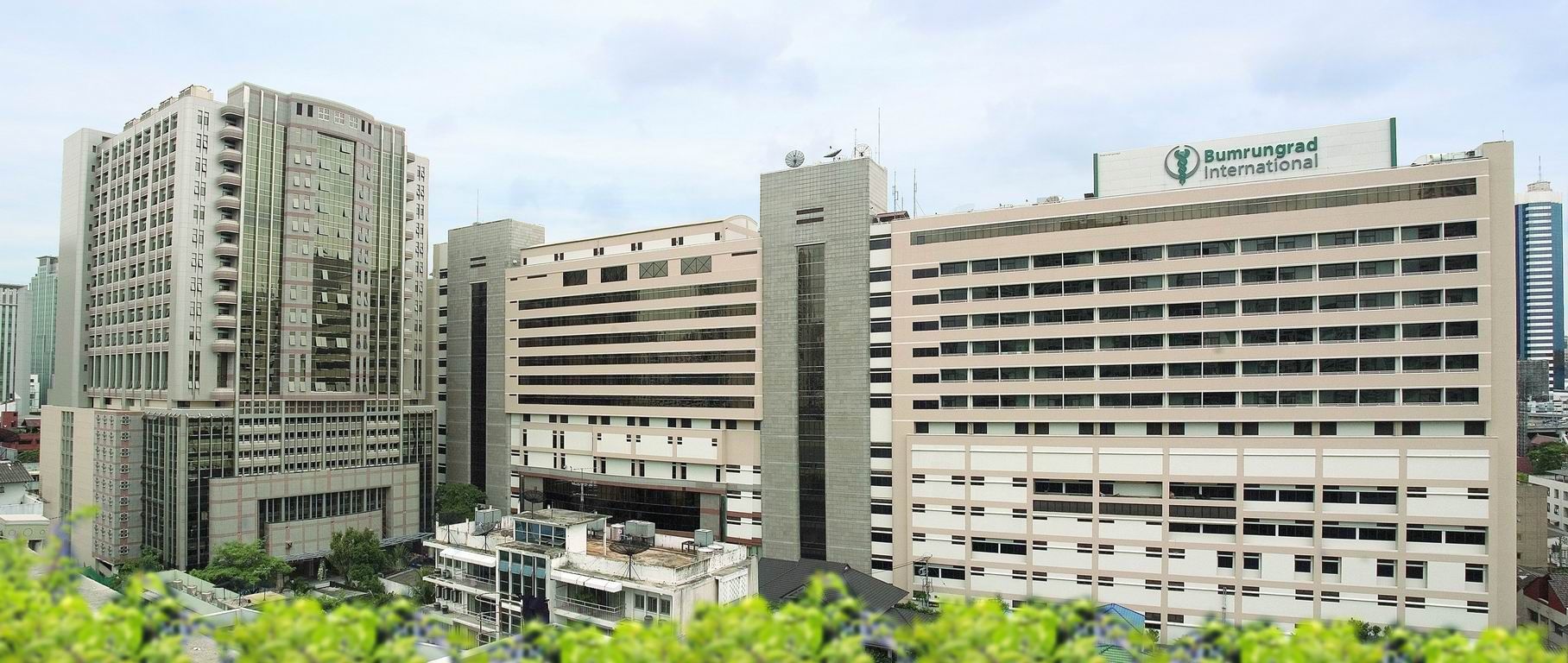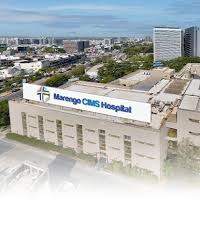Orthopaedic
Elbow Replacement Treatment
Elbow replacement surgery
Elbow replacement surgery is a complicated method partly due to the elbow has several moving parts that balance each other with great precision for controlling the movements of a person’s forearm. The patient’s elbow can be damaged by problems which extend from rheumatoid arthritis to traumatic fractures.
What is Elbow Replacement?
Elbow replacement surgery is a complicated method partly due to the elbow has several moving parts that balance each other with great precision for controlling the movements of a person’s forearm. The patient’s elbow can be damaged by problems which extend from rheumatoid arthritis to traumatic fractures. In some of the cases, the damage can be repaired by surgery. But if the damage is extensive, the doctor may advise for elbow replacement surgery. Pain is one of the most common reasons people undergo elbow replacement surgery.
Cause of Elbow Replacement are:
Several conditions can result in elbow pain and disability and can lead patients and their doctors to undergo elbow joint replacement surgery.
- Rheumatoid Arthritis: Rheumatoid Arthritis is a disease in which the synovial membrane that surrounds the joint becomes inflamed and thickened. This chronic inflammation can damage the cartilage and eventually results in pain, stiffness, and cartilage loss. Rheumatoid arthritis is the most frequent form of a group of disorders called "inflammatory arthritis."
- Osteoarthritis (Degenerative Joint Disease): Osteoarthritis is an age-related type of arthritis. It generally occurs in people who are 50 years or above, but it may occur in younger people, too. The cartilage that cushions the bones of the elbow softens and wears away with time. The bones then rub against one another, over time, the elbow joint becomes stiff and painful.
- Post-traumatic Arthritis: Post-traumatic arthritis can follow a serious elbow injury. Fractures of the bones that make up the elbow, or tears the surrounding tendons and ligaments may result in the damage to the articular cartilage over time. This causes pain and restricts elbow function.
- Instability: Instability occurs when the ligaments that hold the elbow joint together are being damaged and do not work well. The elbow is vulnerable to dislocation. Chronic instability is most commonly caused by an injury.
Types of elbow replacement
In some of the cases, the patients may require a replacement of just one portion of the joint. For example, if only the head of one of the forearm bones is being damaged, it can be replaced with the help of an artificial head. If the entire joint needs to be replaced, the ends of the bones that come together in the elbow will have to be removed. The long, slender ends of the artificial joint are being inserted into the softer central part of the bones.
There are two main types of prosthetic devices are available:
- Linked: This type of prosthesis acts as a loose hinge because all the parts of the replacement joint are connected together. This provides good joint stability, but the stresses of movement can sometimes cause the prosthesis working itself loose from where it was inserted into the arm bones.
- Unlinked: This type of device comes in two different pieces that aren't linked to each other. This design depends on the surrounding ligaments which help in holding the joint together, which makes it more prone to dislocation.
Surgical Procedure
To reach the elbow joint, the surgeon will make an incision, generally at the back of the elbow. After making the cut, the surgeon gently moves the muscles aside to get access to the bone. After removing the scar tissue and spurs around the joint, the surgeon will then prepare the humerus to fit the metallic piece that will be used for replacing that side of the joint, the same preparation will be done for the ulna. The replacement stems are inserted into the humerus and ulna bones and are kept in place with bone cement. The two stems are connected with the help of a hinge pin. After the wound is closed, a padded dressing is then placed for protecting the incision while the wound heals. Some surgeons will place a temporary tube in the joint for the purpose of draining the surgical fluid. This tube can be easily removed in the hospital room within the first few days after surgery has taken place.
Recovery
The medical team will give patients several doses of antibiotics for preventing infection. Most of the patients are able to eat solid food and get out of their bed the day after surgery. The patients are more likely to stay at the hospital for 2 to 4 days after their surgery.
Pain Management:
After surgery, the patients will experience some pain. The doctor and nurses will work for reducing the pain, which can help the patients to recover from surgery at a much faster rate. Medications are usually prescribed for short-term pain relief after the surgery. Many types of medicines are available that helps in managing the pain, the medications include opioids, local anesthetics, and non-steroidal anti-inflammatory drugs (NSAIDs). The doctor may use a combination of these medications for improving pain relief, as well as minimizing the need for opioids.
Rehabilitation:
A careful, well-planned rehabilitation program is crucial for the success of an elbow replacement. The patients will be taught some exercises for their hand and wrist for avoiding stiffness and helps in controlling the swelling. The patients will perform gentle elbow range-of-motion exercises as the incision site heals. The patients will most likely be not allowed to put any weight on their arm or push against resistance with their hand until about 6 weeks after their surgery.
What Are the Risks involed?
The most common complications are the following:
- Infection
- Injury to blood vessels and nerves
- Allergic reaction to the artificial joint
- Broken bone
- Instability or stiffness of the joint
- Loosening or wearing of the artificial parts of the joints
- Weakness or failure in the tendons of the arm
- Pain
There are various risks due to the anesthesia, such as an allergic reaction due to the medicines and breathing problems. Like with any other surgery, bleeding and blood clots are possible.
TREATMENT-RELATED QUESTIONS
GetWellGo will provide you end-to-end guidance and assistance and that will include finding relevant and the best doctors for you in India.
A relationship manager from GetWellGo will be assigned to you who will prepare your case, share with multiple doctors and hospitals and get back to you with a treatment plan, cost of treatment and other useful information. The relationship manager will take care of all details related to your visit and successful return & recovery.
Yes, if you wish GetWellGo can assist you in getting your appointments fixed with multiple doctors and hospitals, which will assist you in getting the second opinion and will help you in cost comparison as well.
Yes, our professional medical team will help you in getting the estimated cost for the treatment. The cost as you may be aware depends on the medical condition, the choice of treatment, the type of room opted for etc. All your medical history and essential treatment details would be analyzed by the team of experts in the hospitals. They will also provide you with the various types of rooms/accommodation packages available and you have to make the selection. Charges are likely to vary by the type of room you take.
You have to check with your health insurance provider for the details.
The price that you get from GetWellGo is directly from the hospital, it is also discounted and lowest possible in most cases. We help you in getting the best price possible.
No, we don't charge patients for any service or convenience fee. All healthcare services GetWellGo provide are free of cost.
Top Doctors for Orthopaedic
Top Hospitals for Orthopaedic
Contact Us Now!
Fill the form below to get in touch with our experts.



.jpg)



